[pont]
May 10, 2016 08:55
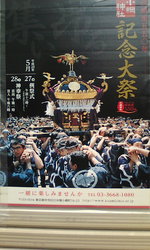
Known as the god of good luck protection against misfortune
Koami Shrine's 550th Anniversary Festival is held.
2 days from May 27 (Fri) and Saturday, May 28
Will be held.
At the festival, once every five years
The imperial procession of Miya portable shrine is supposed to be held.
A poster to inform you of it was posted on the shrine.
As you all know,
Koami Shrine is one of Nihonbashi Seven Lucky Gods.
We are celebrating Benzaiten Fukurokuju.
It is a shrine that attracts visitors all year round, including New Year's Day.
Even if it is not New Year, it may be a long queue waiting for worship.
Mr. vermilion seal stamp, too.
Even those who have received the name of the ink in the red seal book and the seal.
I think there are many things.
Miya carrying of miniature shrines is 5/28 (Sat). Prior to Koami Shrine, the festival of Shitaya Shrine in Taito Ward, which is said to be "the earliest summer festival in downtown," and the Kanda-jinja Shrine, which has shrine parishionercarrying of miniature shrines in Chuo-ku, is held at the end of the month.
Click here for the homepage of Koami Shrine.
http://www.koamijinja.or.jp/history.html
When you come to Ningyocho, stretch your legs a little and come to Koami Shrine.
[Kra-san]
May 3, 2016 16:00
At Chanogi Shrine (in the premises of Rigare Nihonbashi Ningyocho), the ninth tea ceremony was held on Sunday, May 1 of "88 Nights" counting from Ritsuharu.
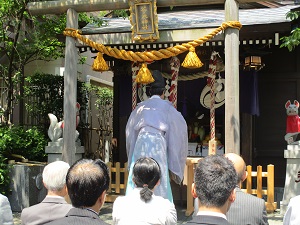
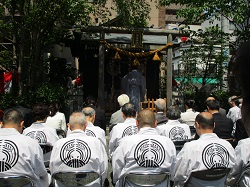
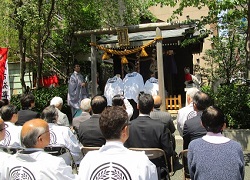
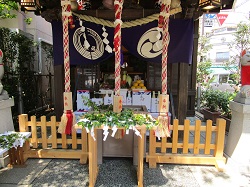
After the ceremony, tasting of new tea (Kagoshima, Uji, Shizuoka) and mini-lectures by the Japan Tea Instructors Association were also held.
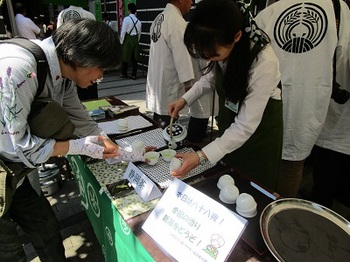

We enjoyed this year's new tea (three kinds) in fine weather in May.
<History of Chanogi Shrine>
In the Tokugawa period, Inari, who was enshrined as a guardian deity in the Nakayashiki of the Shimousa Sakura feudal lord Hotta family, was the origin of Chanogi Shrine. At that time, the tea tree that was planted around the shrine is the origin of the name of the shrine, but tea trees are still planted at Chanogi Shrine on the left and right of the shrine.
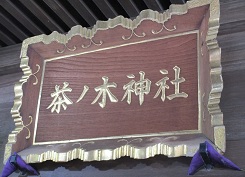
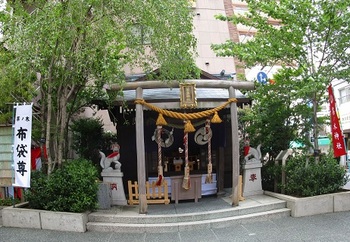
For a long time, it was revered as protective god against fire outbreaks because there was no fire not only in the residence of the Hotta family but also in the neighborhood. It is not clear how it was decided at the current location, but it has continued to be protected by various people, and since 1933 (Showa 8), neighborhood associations such as Kakigara-cho and Ningyo-cho have been protecting. Was. In 1985 (Showa 60), he joined one of the Nihonbashi Seven Lucky Gods tour companies. After that, the former shrine hall was rebuilt again in 2008 after an urban redevelopment project in the Nihonbashi Ningyocho district. At present, it has been worshiped as a god of Fukutoku harmony and disaster prevention.










